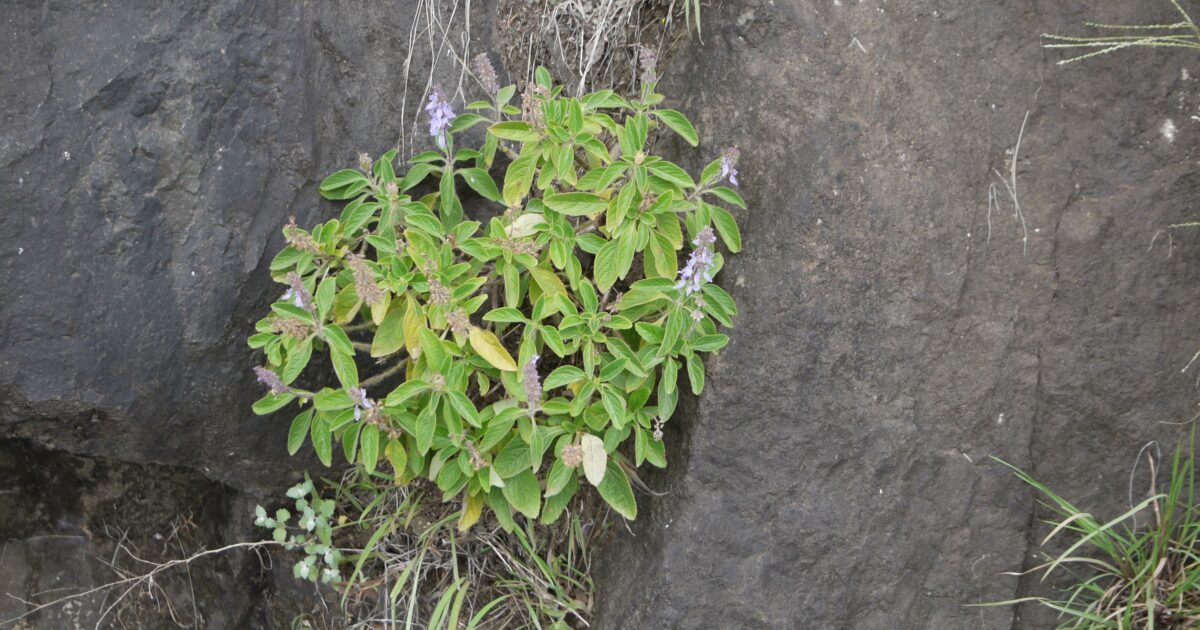In the land where lush forests whisper secrets and the breeze carries the scent of earth’s embrace, there exists a magical phenomenon that dances with the trees. Step into the enchanting world of "jhar," where nature’s symphony orchestrates a mesmerizing harmony. Transporting us beyond the realms of reality, this ethereal celebration of life intertwines with artistic flare, revealing an intricate tapestry of wonder. Join us as we unravel the mystique surrounding "jhar" and explore its captivating presence that captivates souls and nurtures the very essence of our existence. Brace yourself to embark on a journey where the ordinary meets the extraordinary, and where the echoes of "jhar" echo through the hearts of all who dare to listen.
The Resilience and Medicinal Importance of the Jhar Plant
The jhar plant, also known as Calotropis gigantea, is a remarkable species that exhibits exceptional resilience and possesses significant medicinal importance. This magnificent plant has adapted to various challenging environments, including dry and arid regions, making it a symbol of endurance and tenacity.
One of the most intriguing aspects of the jhar plant is its medicinal properties. This stunning flora has been extensively used in traditional medicine for centuries due to its various therapeutic applications. Its latex contains potent compounds that have been found to exhibit anti-inflammatory, analgesic, and antioxidant properties. As a result, the jhar plant is often utilized in the treatment of ailments such as arthritis, asthma, skin infections, and even certain types of cancer. Additionally, extracts from the jhar plant have shown potential in wound healing, as they stimulate cell proliferation and collagen synthesis.

Exploring the Traditional and Therapeutic Uses of Jhar in Eastern Cultures
Jhar, a unique plant species native to Eastern cultures, has long been revered for its diverse traditional and therapeutic uses. This versatile foliage has found its place not only in folk medicine but also in spiritual practices, cuisine, and various aspects of everyday life. Let’s delve into the centuries-old traditions surrounding this extraordinary plant species and uncover its fascinating properties.
In traditional medicine, jhar leaves are known for their numerous health benefits. Rich in antioxidants and essential oils, they have been used for centuries to treat ailments such as respiratory issues, digestive disorders, and skin conditions. Ingested as a tea or applied topically as a poultice, jhar leaves are believed to possess anti-inflammatory, antiseptic, and analgesic properties. The therapeutic properties of jhar have caught the attention of modern researchers, leading to ongoing studies to explore its potential in the development of new medicines and treatments.

Innovative Research and Sustainable Cultivation Techniques for Jhar
When it comes to jhar, innovative research and sustainable cultivation techniques play a vital role in ensuring its growth and prosperity. Jhar, also known as the Indian Birch Tree, holds immense potential for various industries, including medicine, agriculture, and even textile manufacturing. With its durable wood, medicinal properties, and eco-friendly characteristics, jhar has become a sought-after resource for both commercial and environmental purposes.
Thanks to cutting-edge research and advancements in sustainable cultivation techniques, we are now able to harness the full potential of jhar while protecting its natural habitat. These innovative methods focus on maximizing the growth and yield of jhar trees without compromising their long-term sustainability. By implementing practices such as selective harvesting, agroforestry, and organic fertilization, we can ensure a steady supply of jhar in a way that respects the environment and supports local communities.

Empowering Communities: Promoting Jhar Conservation and Ethical Harvesting Practices
In our ongoing effort to support local communities and protect the environment, we are proud to introduce our new initiative focused on promoting jhar conservation and ethical harvesting practices. Jhar, a plant species native to our region, plays a vital role in the ecosystem and holds significant cultural and medicinal value for indigenous communities. However, unsustainable harvesting methods have put these plants at risk, endangering their existence and disrupting the delicate balance of our natural surroundings.
By engaging with local communities, we aim to spread awareness about jhar conservation and the importance of ethical harvesting. Our team of experts collaborate closely with villagers, conducting workshops and sharing knowledge about sustainable practices to ensure the long-term survival of this precious plant. We empower community members by providing them with training on proper harvesting techniques, emphasizing the need for responsible collection and ensuring that only mature plants are selected.
- Promoting Sustainable Livelihoods: Through the conservation and ethical harvesting of jhar, we help create sustainable livelihood opportunities for marginalized communities.
- Preserving Traditional Healing Practices: By safeguarding the availability of jhar, we support the preservation of traditional medicinal practices that have been passed down through generations.
- Ecological Balance: Jhar plays a crucial role in our ecosystem by contributing to soil fertility and providing habitat for various species. By protecting jhar, we maintain the delicate balance of our natural environment.
We strive to create a future where jhar thrives, benefiting both the environment and the communities that rely on it. Join us in this journey of empowerment and conservation by spreading awareness and supporting sustainable initiatives in your own communities.
Concluding Remarks
In a world brimming with beauty and intrigue, the phenomenon of “jhar” emerges as a captivating spectacle that leaves one in awe of nature’s magnificence. The delicate dance of golden leaves, swirling through the air in a symphony of colors, invokes an ethereal sense of wonder and enchantment. As we bid farewell to this exploration of “jhar,” we find ourselves reminded of the transient nature of existence, where each season brings its own magic and charm.
But beyond its ephemeral beauty, “jhar” encompasses a deeper symbolism that resonates with our own human experiences. Like the trees shedding their leaves, we too are often faced with the necessity of letting go – of memories, emotions, and even people – in order to grow and evolve. The “jhar” becomes a poignant reminder that even in moments of loss, there is always an inherent resilience, a promise of renewal hidden within the swirling chaos.
As we draw the curtains on our encounter with “jhar,” let us carry forward the lessons it imparts. Let us revel in the fleeting moments of vibrancy and embrace the inevitable change that life thrusts upon us. May we find solace in knowing that even as the leaves fall, new ones await their turn to bud, painting the world afresh in a kaleidoscope of joy.
So next time you witness the graceful descent of these golden tokens of nature’s wisdom, take a pause, and let the mystique of “jhar” wash over you. Allow its beauty to fill your senses, and embrace the ephemeral elegance that it gifts to both the Earth and our souls. For in this intricate dance of life and death, we are reminded that endings are not conclusions, but rather invitations to embark on new beginnings.
As the colors of “jhar” fade away, leaving behind the promise of a fresh chapter, may we all find inspiration in nature’s cyclical wonders, and may our spirits be forever touched by the delicate grace of this enchanting phenomenon.

